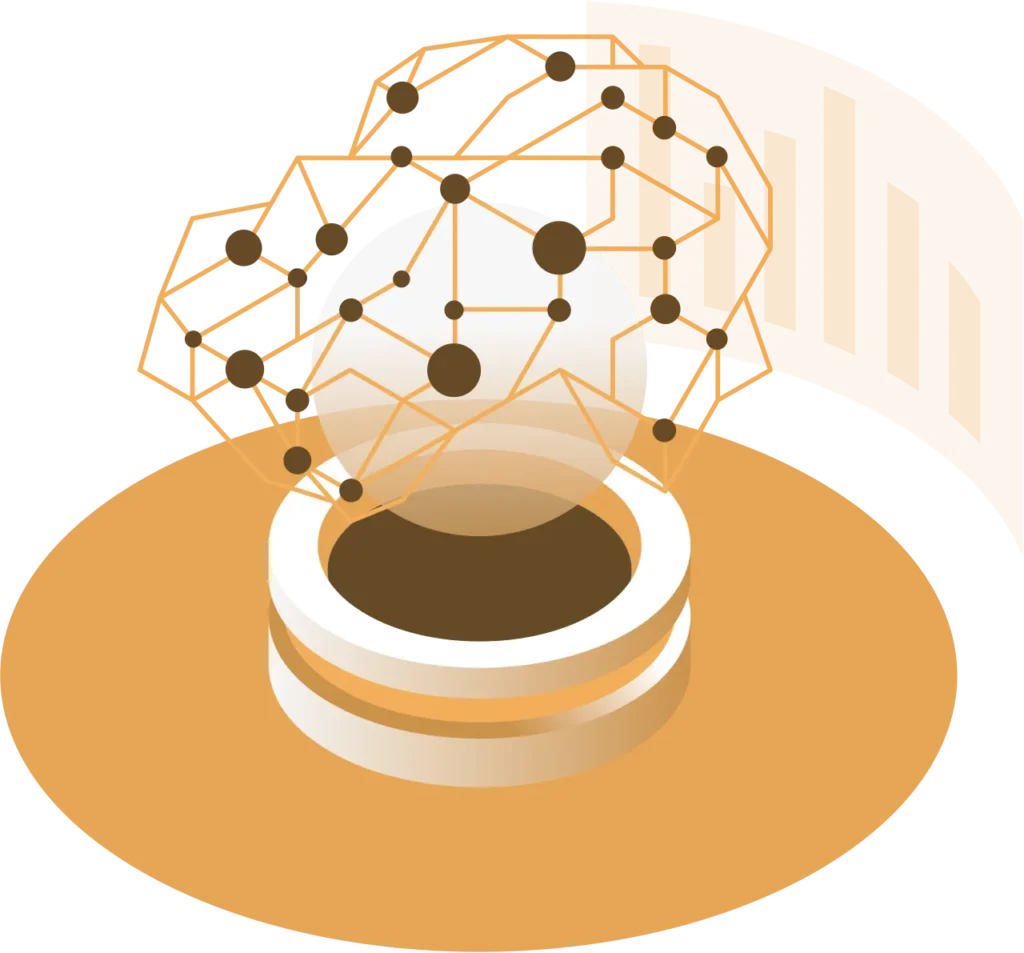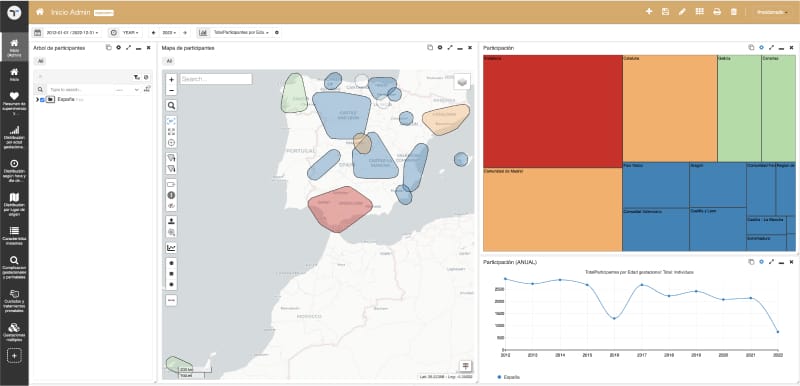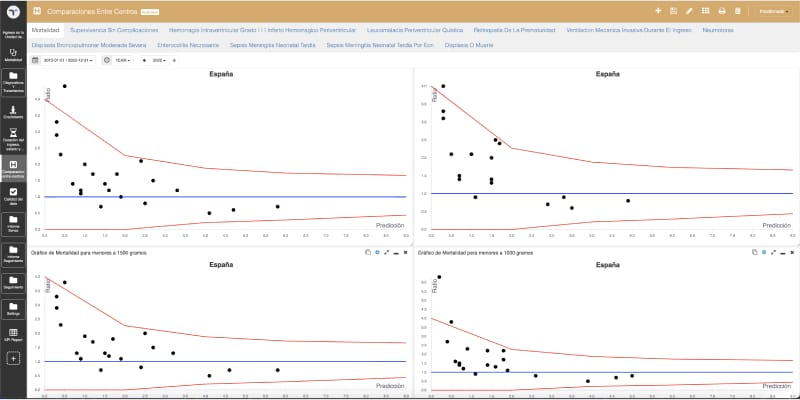Solutions
Medical Data Unifier
Automates the analysis of patients’ medical
data and help predict future health care issues.

Does your healthcare organization
ensure real-time patient data analysis
and early problem detection?
Failure to ensure real-time patient analysis and early problem detection can have serious consequences for patient outcomes, healthcare costs, public health, and efficiency in healthcare delivery. For instance, BMC Medical Informatics asserts that early identification of high-risk patients in neonatal intensive care units resulted in a 23% reduction in mortality.

Are doctors spending too much effort gathering medical data?
- Doctors’ time is too valuable.
- Scattered Healthcare IT systems harden data gathering.
How difficult is it to manage medical data dispersed across multiple systems?
- Multi database systems are expensive to maintain.
- Manual data dashboarding/mining is not fast enough.


Are you extracting the best value from your medical data?
- Data mining requires programming skills.
- Best practices detection requires data wrangling.
- Best practices help to avoid negligence.
MDU eases doctors’ work by automatically gathering medical data and analyzing it, enabling them to predict future diagnoses with greater accuracy
What benefits can you expect from
Medical Data Unifier?
Reduction
of doctors' workload time
High
quality of medical data Analysis
Faster
extraction of the best medical practices
Improve your healthcare best practices detection with Tupl MDU, our advanced AI system that automates medical data extraction analysis

Graphical display of medical data
- Conducts advanced analytics on patient data collected from a centralized database.
- Data is processed and organized into tables with detailed percentages and characteristics. These tables are then shared with healthcare professionals for in-depth analysis on their patients.
- Data can be visualized using various formats, including time trends, histograms, spider graphs, and logistic regressions to identify best practices.
AI Regression models
- By leveraging cutting-edge AI and the advanced data workflow and management capabilities of TUPL, you can convert valuable insights into best practices and establish a correlation between medical actions and outcomes.

Get a demo of Medical Data Unifier today
Get started and request a demo to learn how Medical Data Unifier can help you.
Frequently Asked Questions
Below you will find answers to the most common questions about MDU.
How does MDU work?
What kind of issues is MDU trying solve?
MDU is trying to solve several issues in the healthcare industry:
- The challenge of managing and analyzing vast amounts of medical data scattered across different systems, which can be time-consuming and inefficient for doctors.
- The difficulty of extracting valuable insights and best practices from complex medical data, which can potentially save lives.
- The need for quick and accurate data collection, analysis, and visualization to provide real-time insights and enhance decision-making processes.
- The importance of improving patient care outcomes by providing healthcare professionals with the tools they need to access patient records, collaborate with other experts, and deliver the best care possible.
How does Tupl SaaS work?
Medical Data Unifier SaaS is delivered in cloud service (e.g. AWS, Azure, etc.) and can also be deployed on-premises, in your private cloud, or data center.
Get started with a functional solution in operation within 2-3 weeks. Monthly subscription. No strings attached. Stop at any time.
Do I need an AI expert or developer staff?
No-code solutions for AI application development help hospitals and healthcare companies take advantage of this emerging technology without the need to hire technical specialists or investing significant time and capital.
Tupl’s software has a simple and intuitive user interface that enables existing personnel to build AI Machine applications for quality assurance in very little time with relatively small datasets and with no programming required.
